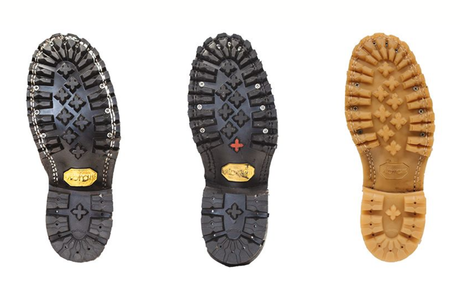
Perfect Fit, Maximum Protection: How To Fit Steel Toe Boots The Right Way
Key Takeaways: Fit = Safety & Comfort: A perfect steel toe boot fit minimizes injury risk, improves comfort, and supports long-term foot health. Fixable Fit Issues: Common problems like heel slippage, toe...



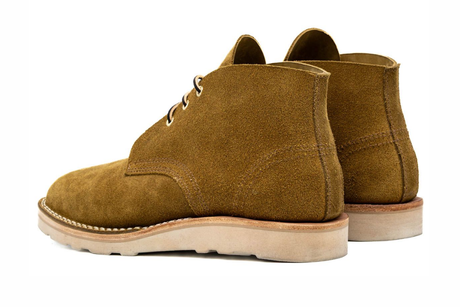

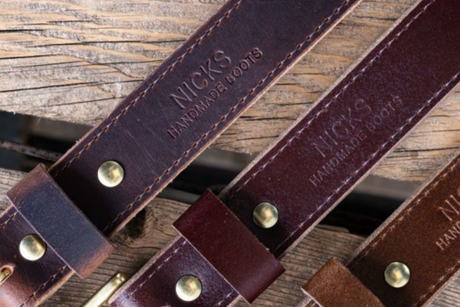
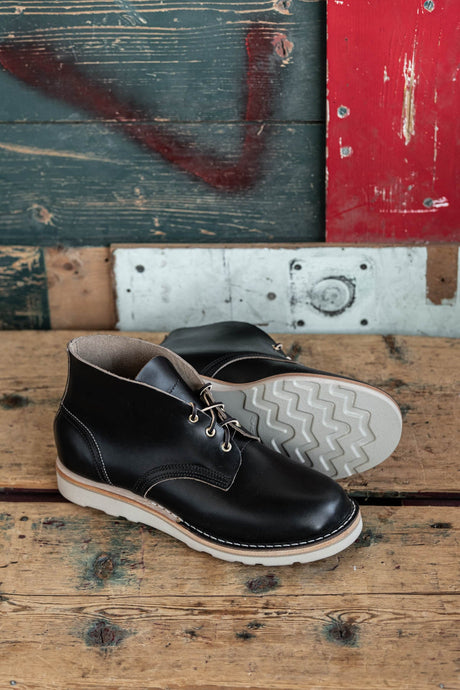
![Boot Building Specs: Additional Customization - [Reddit Wiki]](http://nicksboots.com/cdn/shop/articles/Leather_Options.png?v=1747086530&width=460)
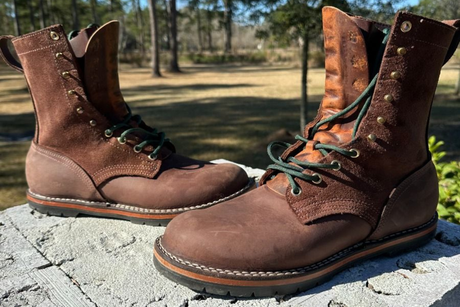
![Boot Building Specs: Boot Height - [Reddit Wiki]](http://nicksboots.com/cdn/shop/articles/Boot_Height.png?v=1747086438&width=460)
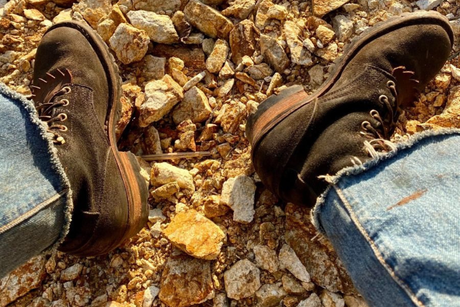
![Boot Building Specs: Edge Dressing - [Reddit Wiki]](http://nicksboots.com/cdn/shop/articles/Edge_Dressing.png?v=1747086338&width=460)
![Boot Building Specs: Kiltie - [Reddit Wiki]](http://nicksboots.com/cdn/shop/articles/Packers_1_1065dda4-e558-4f7c-85b7-53be9216695a.png?v=1747086303&width=460)
![Boot Building Specs: Hardware - [Reddit Wiki]](http://nicksboots.com/cdn/shop/articles/Current_Hardware_Color_Offerings.png?v=1747086277&width=460)
![Boot Building Specs: Heel - [Reddit Wiki]](http://nicksboots.com/cdn/shop/articles/Heel_Profile.png?v=1747086238&width=460)